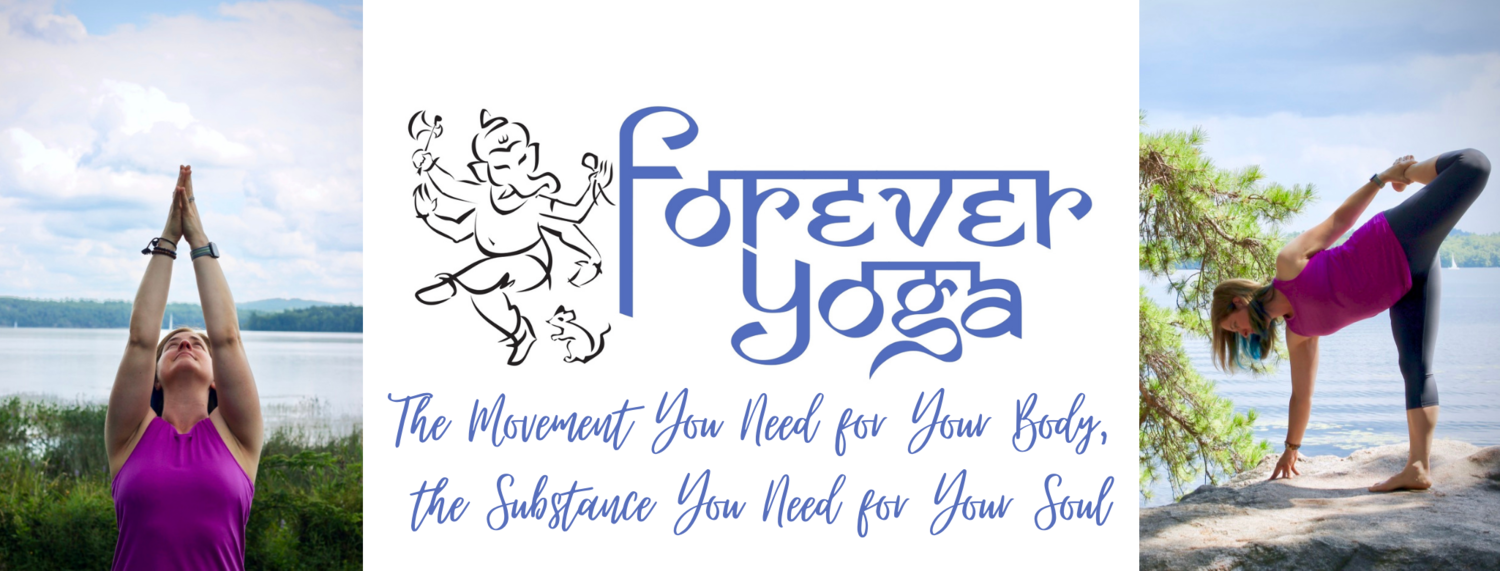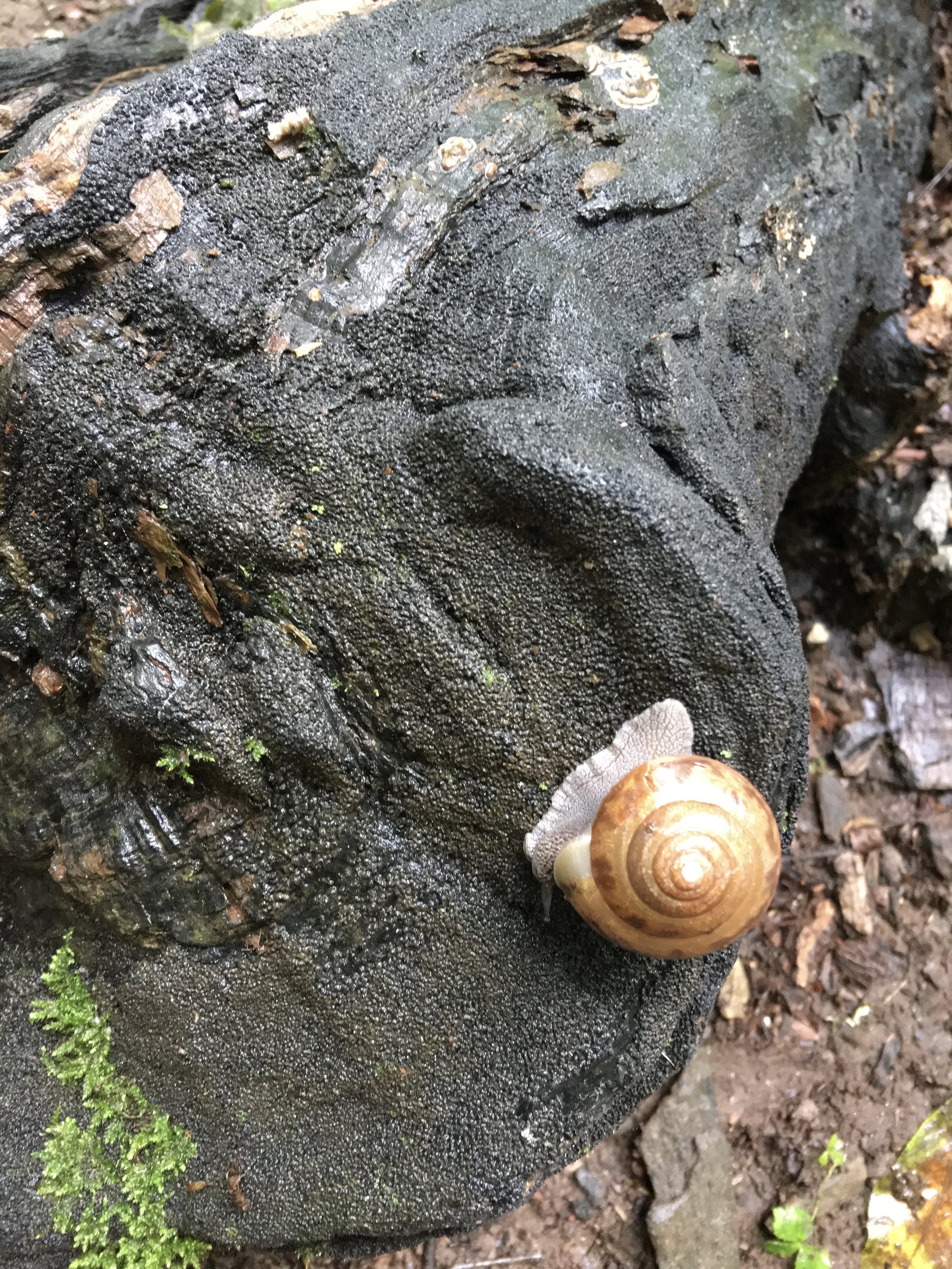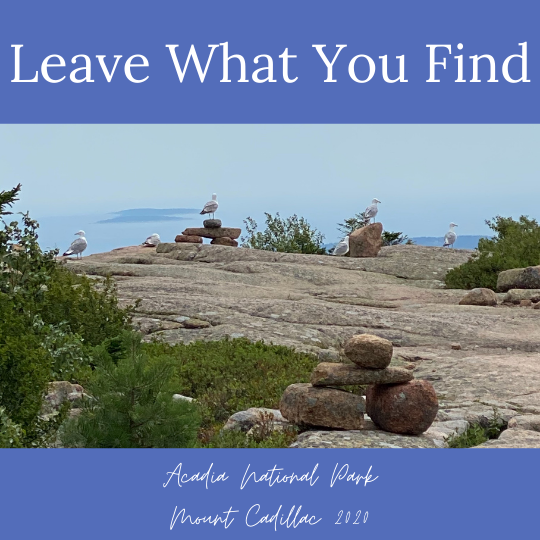Yoga & Hiking: Complementary Practices for Health and Wellbeing
/In my free time, I’ve been spending more time hiking and backpacking in the last couple of years. It doesn’t hurt that I live in this amazing state that has so many beautiful trails to travel and discover. It’s become an important part of my weekly routine and a great complement to my yoga practice. Throughout the pandemic, it’s also been an important point of connection to the natural world. Here are 5 reasons why hiking can be complementary to your yoga practice and an important component to your health and wellbeing.
Legs up the Sign Summer 2018 on Mt. Katahdin. My first 4K footer turned into a 5K footer. Whoops!
1. Cardio & Strengthening - In my classes I tend to focus on yoga not only as physical movement, but a wholistic practice that includes the mind, body and spirit. That’s not to say you won’t find some physically challenging classes. However, most yoga classes you’ll find don’t really qualify as cardiovascular exercise. The American College of Sports Medicine (ACSM) defines aerobic exercise as "any activity that uses large muscle groups, can be maintained continuously, and is rhythmic in nature." While it may seem like yoga would fit the bill here, especially the vinyasa style that I mostly teach and practice, a typical yoga class just isn’t going to raise your heart rate enough and sustain that elevated rate long enough to really qualify. Hiking on the other hand can do just that and if you’re carrying a pack with any weight in it (did you know one liter of water weighs 2.2 pounds?!) you’re definitely going to be keeping your heart rate up for a longer period of time. In addition to strengthening your heart, you’ll also be strengthening your legs and core. This has been incredibly good for me personally for managing my back pain. Balance this with a yoga practice and you’re on your way to a more well rounded fitness routine and a stronger body all around.
2. Time to disconnect from devices - Technology rules our lives more than ever these days and it’s influencing our health. It’s messing with our sleep patterns, causing physical issues like “text neck”, and may even be causing mental health issues in some people. While you’ll definitely see me using my cell phone to take pictures and occasionally navigate when I’m on the trail, being out of cell phone range for a even a little while can be an amazing way to refresh our tired minds. While your 75 minute yoga class can be a great small break (provided you actually turn the phone off), even a day hike can give us a greater opportunity to experience this relief from the everyday requirement of being connected to devices.
3. Mindfulness practice - When we aren’t able to respond to every text message right away we create a space and an opportunity to bring ourselves more to the present moment and practice mindfulness. There’s so much to discover out there if you’re paying attention! I can’t tell you how many times I nearly walked by something small like a red eft or a snail, but since I was actually in the moment outside I got to see the finer details. If I’m hiking with other people, we get to talk and interact (even if it’s between gasping breaths) in a way that is seemingly so rare these days. We might even help each other notice the small details we’d otherwise pass by. What a great way to take what we’re practicing on our yoga mats for 75 minutes off the mat and into our experiences with others for a longer period of time!
4. Letting go of watching the clock - Your yoga class is going to begin and end at a certain predictable time. 99.9% of the things we do in our daily lives are like this and we need that structure in our lives. However, every now and then, to be able to do something without a definite ending time, especially when it’s something we enjoy, can be *so* liberating. I’ll often go out on a hike and tell my husband if I’m not back by dark, that’s the time to worry. I purposely don’t put too definite an end on this time I’m spending with Mother Nature and myself. There is something really freeing and mentally restful about that. If it’s a great day and the weather is amazing and my body feels good I can go for hours. If the bugs are swarming and I forgot to bring enough food and my feet hurt I can go home. There’s a freedom there we don’t often get in our daily lives. It can help us tune back into a more natural rhythm and relieve stress in a way that’s hard to describe.
5. Change of scenery - We all live with a variety of stressors in our lives. Some of these are welcome and others might be more than we’d ever wish for. Sustaining ourselves physically and mentally over the long haul of life requires times to refresh, get a new perspective and look at the world differently. You’re probably going to have a yoga class that you go to on a regular basis at the same location with mostly the same people, but that class will be different in some way every time and that’s a really good micro break. Similarly, hiking can be a good micro break as well. Even if you walk the same path every day *something* will be different. Being able to notice that change and recognize it can relax your mind and relieve stress in a way similar to your yoga class
These are just a few of the benefits you might find by getting out on the trails this summer. I’m sure you’ll find even more reasons once you’re out there!




















